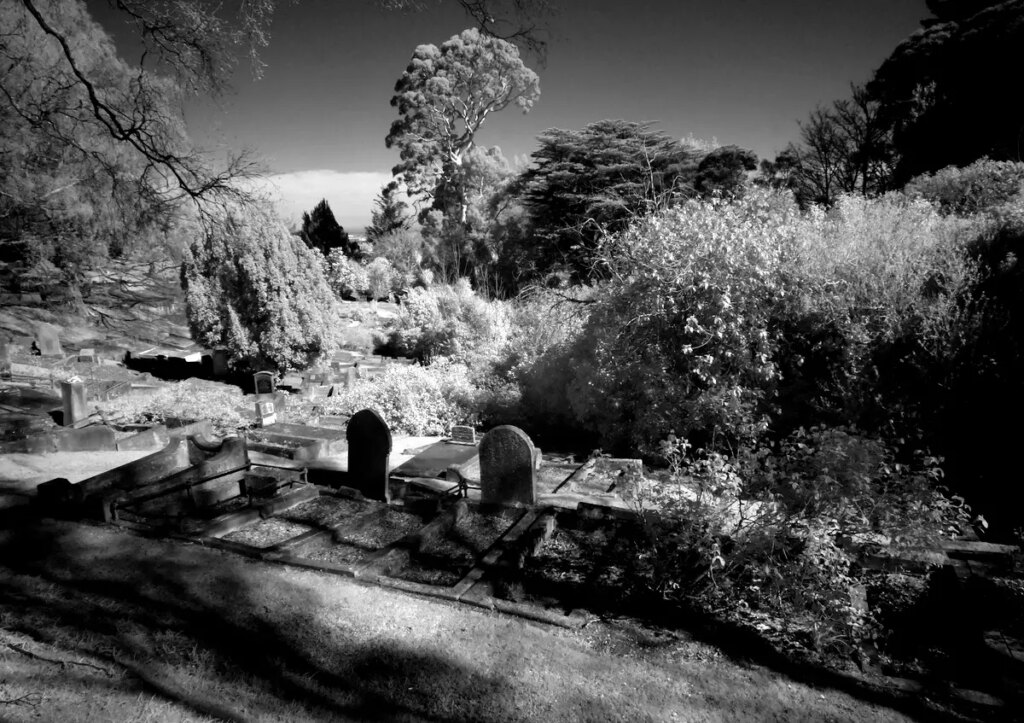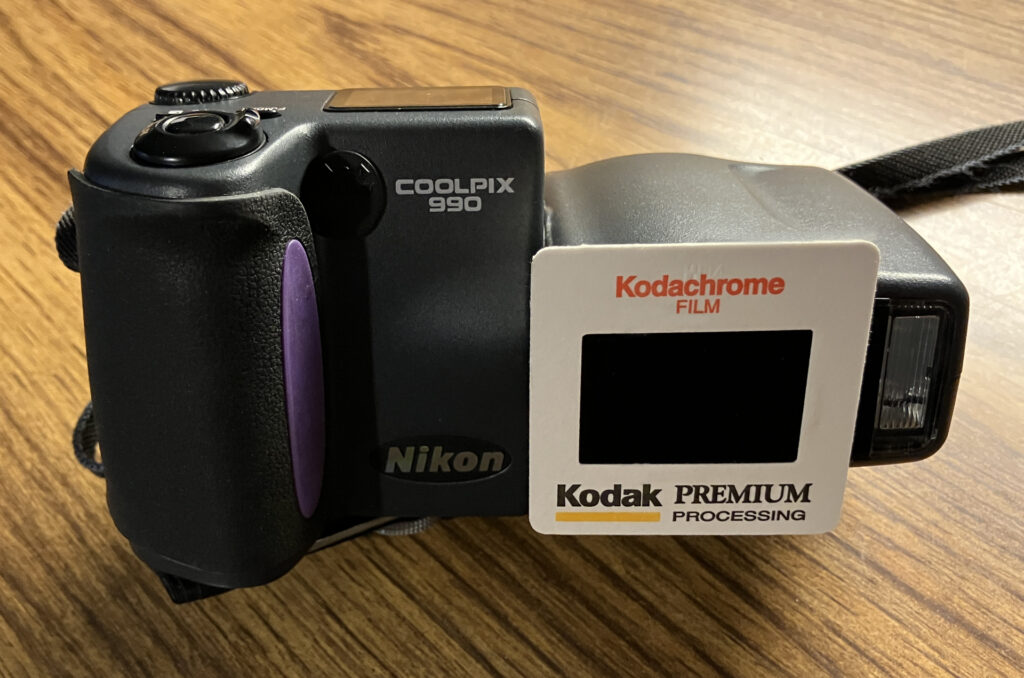
26 June, 2025
A Fun, Funky Filter for Shooting Digital Infrared
Are you interested in trying digital-infrared photography, but put off by the expensive glass filters that are apparently required? Hesitate no more. We can spare you THAT expen...

26 June, 2025
A Fun, Funky Filter for Shooting Digital Infrared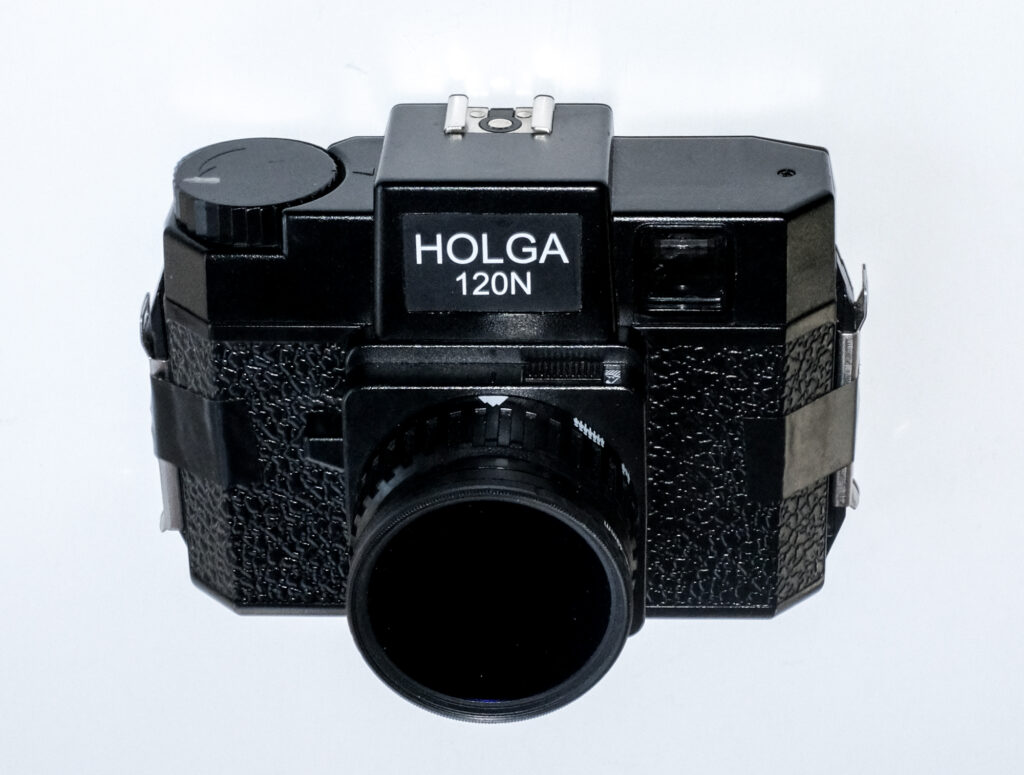
26 February, 2025
Making Pictures Pop with a Holga and Infrared Film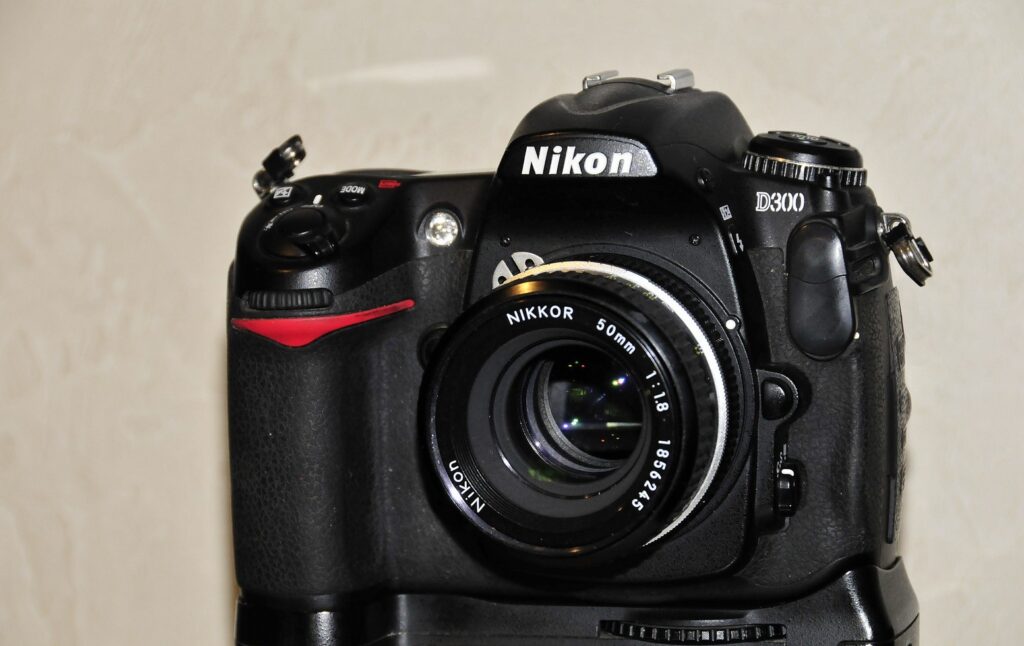
3 October, 2024
5 Frames with an IR Converted Nikon D300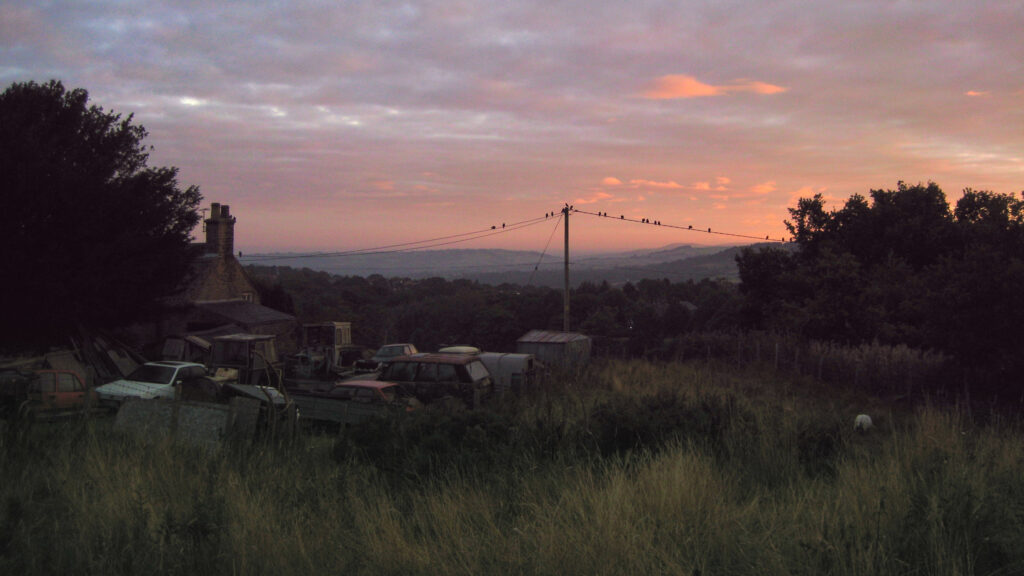
5 June, 2024
FOMO – Taking my Favourite Image of the Year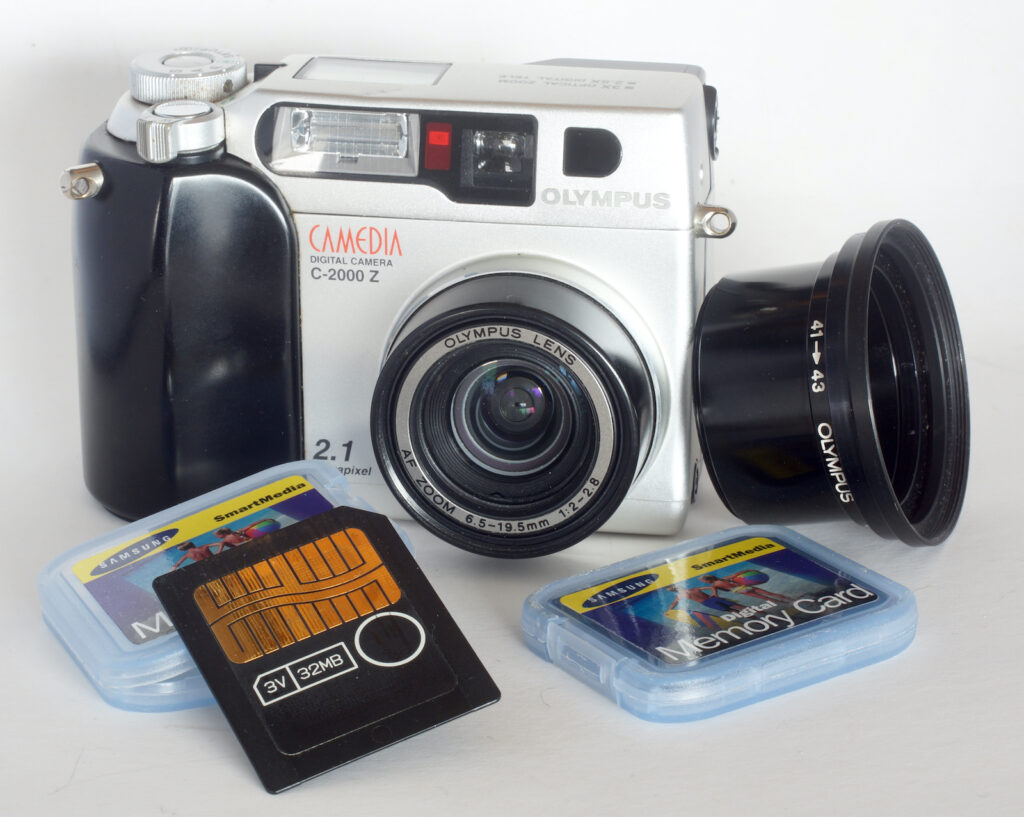
12 April, 2024
Olympus C2000Z – A new life for an early digital compact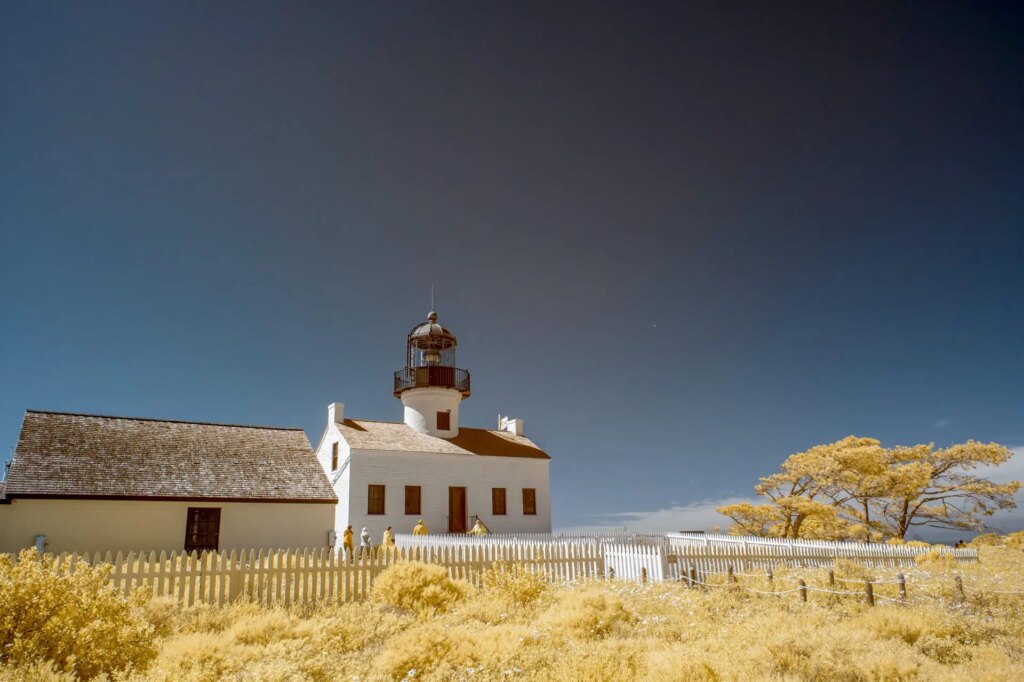
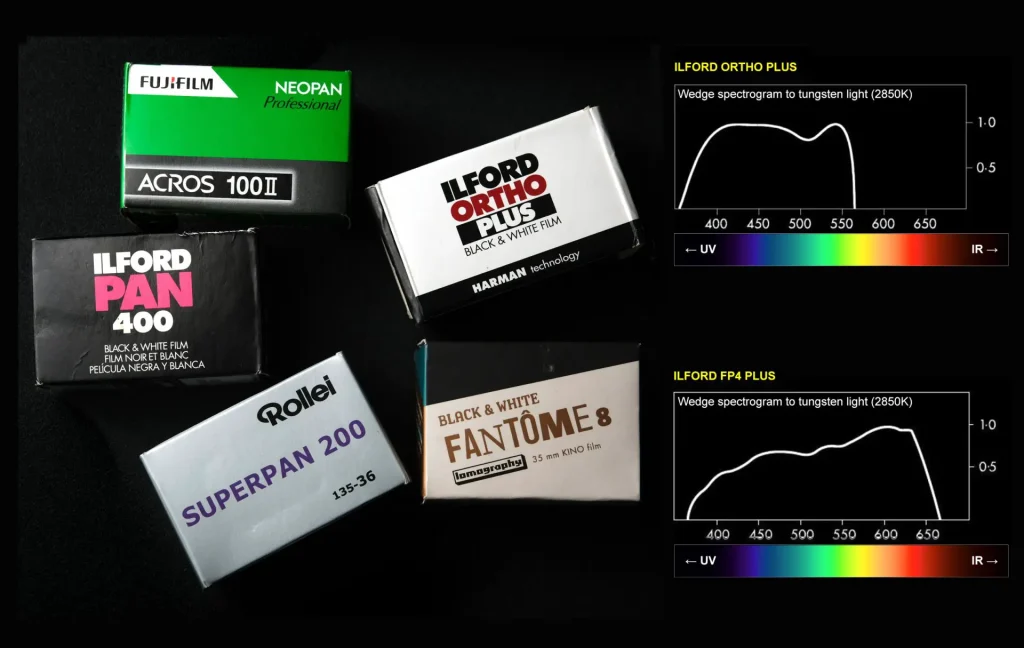
2 May, 2023
Spectral Sensitivity of B&W Film – A Deep Dive into Orthochromatic, Panchromatic and All the Rest